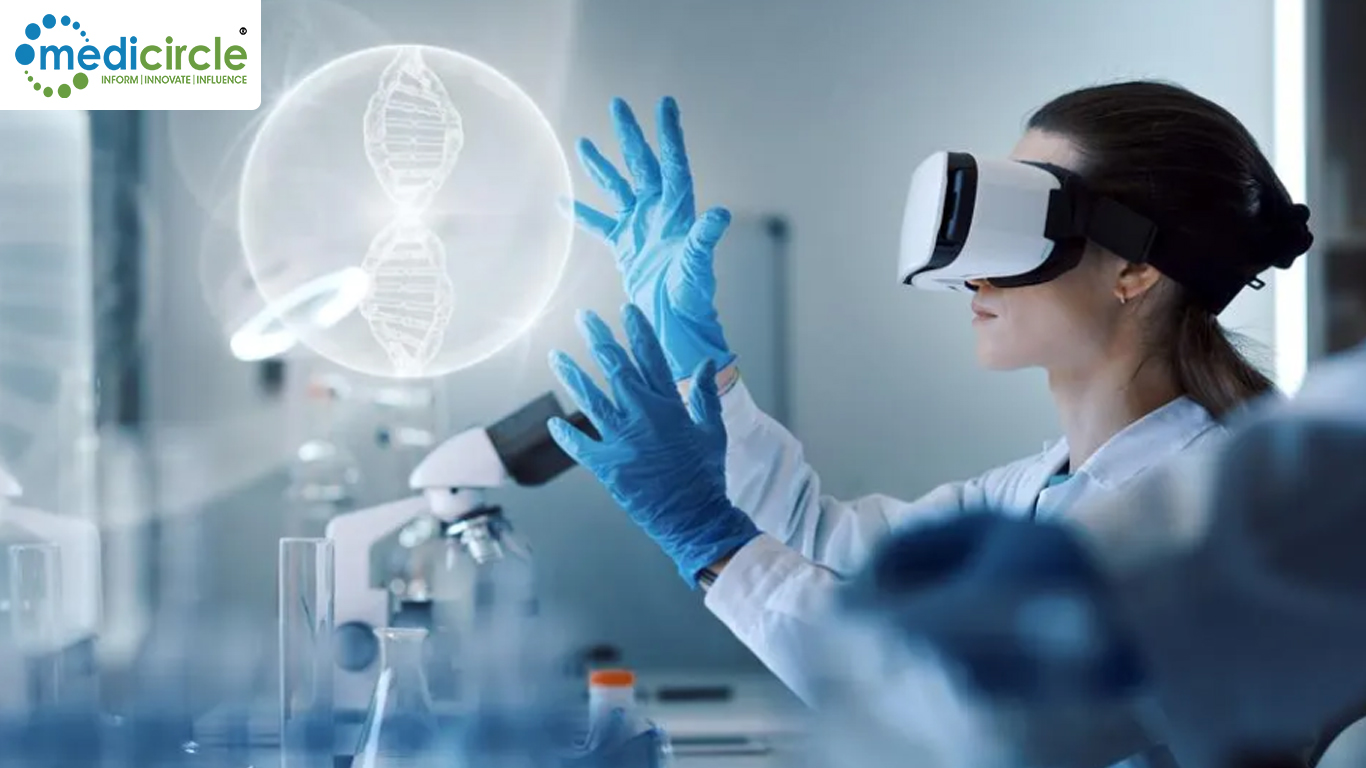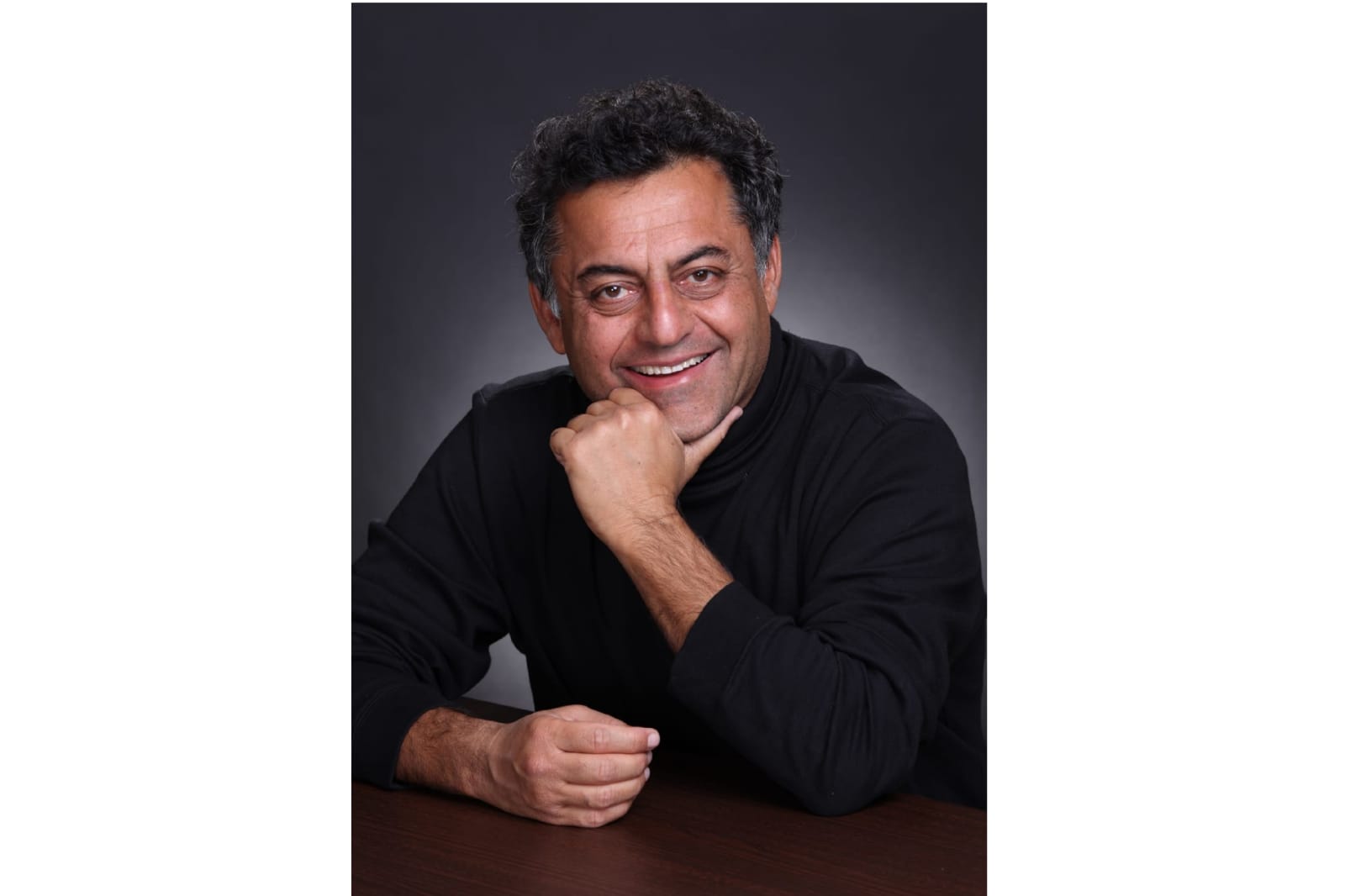For years, scientists have drawn parallels between brain function and muscle activity, but a groundbreaking discovery has now revealed a deeper, structural connection between the two. A recent study from the Lippincott-Schwartz Lab has revealed that the same cellular mechanisms driving muscle contractions may also play a critical role in memory and learning. This finding reshapes our understanding of how the brain processes information, opening new avenues in neuroscience and potential treatments for cognitive disorders.
The journey to this discovery began when researchers observed a peculiar pattern in the endoplasmic reticulum (ER), a network of membranes found inside cells that play a vital role in cellular functions. Normally, the ER appears as an intricate web within cells, but in brain neurons, scientists noticed an unusual, ladder-like arrangement along the dendrites, the branch-like extensions responsible for receiving signals.
This observation was significant because similar ladder-like ER structures had only been seen before in muscle cells, where they help coordinate calcium release, the key process behind muscle contractions. The striking resemblance between the brain’s ER structure and that of muscle cells raised an intriguing question: Could the brain be using the same molecular machinery to transmit signals over long distances?
To understand this, the research team turned their attention to junctophilin, a molecule that regulates the contact sites between the ER and the plasma membrane in muscle cells. These contact sites control the release of calcium, a critical element for muscle contraction.
To their surprise, the same junctophilin-controlled contact sites were found in neurons, specifically along dendrites. Instead of helping with physical contraction, they seemed to be controlling calcium signals crucial for brain communication.
When neurons receive a signal, calcium enters the cell through ion channels located at these contact sites. While the initial calcium burst fades quickly, it triggers a chain reaction, releasing additional calcium from the ER. This amplification helps the signal travel over long distances, ensuring that information reaches the cell body, where the neuron decides how to respond.
The amplification of calcium signals does more than just help neurons communicate, it influences memory formation and learning. The key player in this process is a protein called CaMKII, which is activated by the calcium influx at these contact sites. CaMKII has long been known to play a role in synaptic plasticity the ability of neurons to strengthen or weaken their connections based on experience.
By modifying the biochemical properties of the neuron’s membrane, CaMKII ensures that signals are effectively transmitted. This process helps reinforce connections between neurons, a fundamental mechanism behind memory formation and learning ability.
This discovery answers a long-standing question in neuroscience: How do neurons efficiently relay signals over long distances? The traditional understanding was that signals simply travelled passively through neurons, but this study reveals that neurons have an active, built-in system to boost and regulate these signals much like how muscle cells coordinate contractions.
By uncovering this hidden layer of complexity, scientists are now closer to understanding the intricate workings of the human brain. This knowledge could lead the way for new treatments for neurological diseases like Alzheimer’s, Parkinson’s, and other memory-related disorders, where calcium signalling is often disrupted.
The implications of this study extend beyond just neuroscience. It highlights an unexpected link between brain activity and muscle function, reinforcing the idea that our bodies operate as interconnected systems rather than separate entities. Just as physical exercise strengthens muscles, could it also enhance cognitive function by optimizing calcium signalling?
If further research confirms this, it could revolutionize how we approach brain health, emphasizing not just mental stimulation but also physical activity as a crucial factor in preserving memory and cognitive function.
This study offers a new lens through which we can view brain function. It suggests that the same principles that drive movement in our bodies may also govern how we think, learn, and remember.
Scientists are now exploring ways to manipulate this process to enhance cognitive function. If researchers can find ways to regulate or optimize these calcium amplifiers, it could lead to breakthroughs in treating cognitive decline, improving learning abilities, and even preventing neurodegenerative diseases.
In essence, this discovery challenges the long-held belief that the brain and body function through entirely separate mechanisms. Instead, it reveals that our biceps and brain cells are more alike than we ever imagined both relying on the same molecular machinery to function effectively.
For decades, people have drawn metaphors between mental and physical strength, but science now suggests that this connection is more than just a figure of speech. The same biological mechanisms driving muscle contractions may also be shaping the way we learn and form memories.
This revelation does not just reshape our understanding of neuroscience it opens the door for new possibilities in medicine, cognitive enhancement, and even brain-training strategies. As researchers continue to explore this fascinating link, one thing is clear: The human body is a masterpiece of interconnected systems, where even the tiniest structures can have monumental effects on how we move, think, and remember

 For decades, people have drawn metaphors between mental and physical strength, but science now suggests that this connection is more than just a figure of speech.
For decades, people have drawn metaphors between mental and physical strength, but science now suggests that this connection is more than just a figure of speech.



















.jpeg)




















